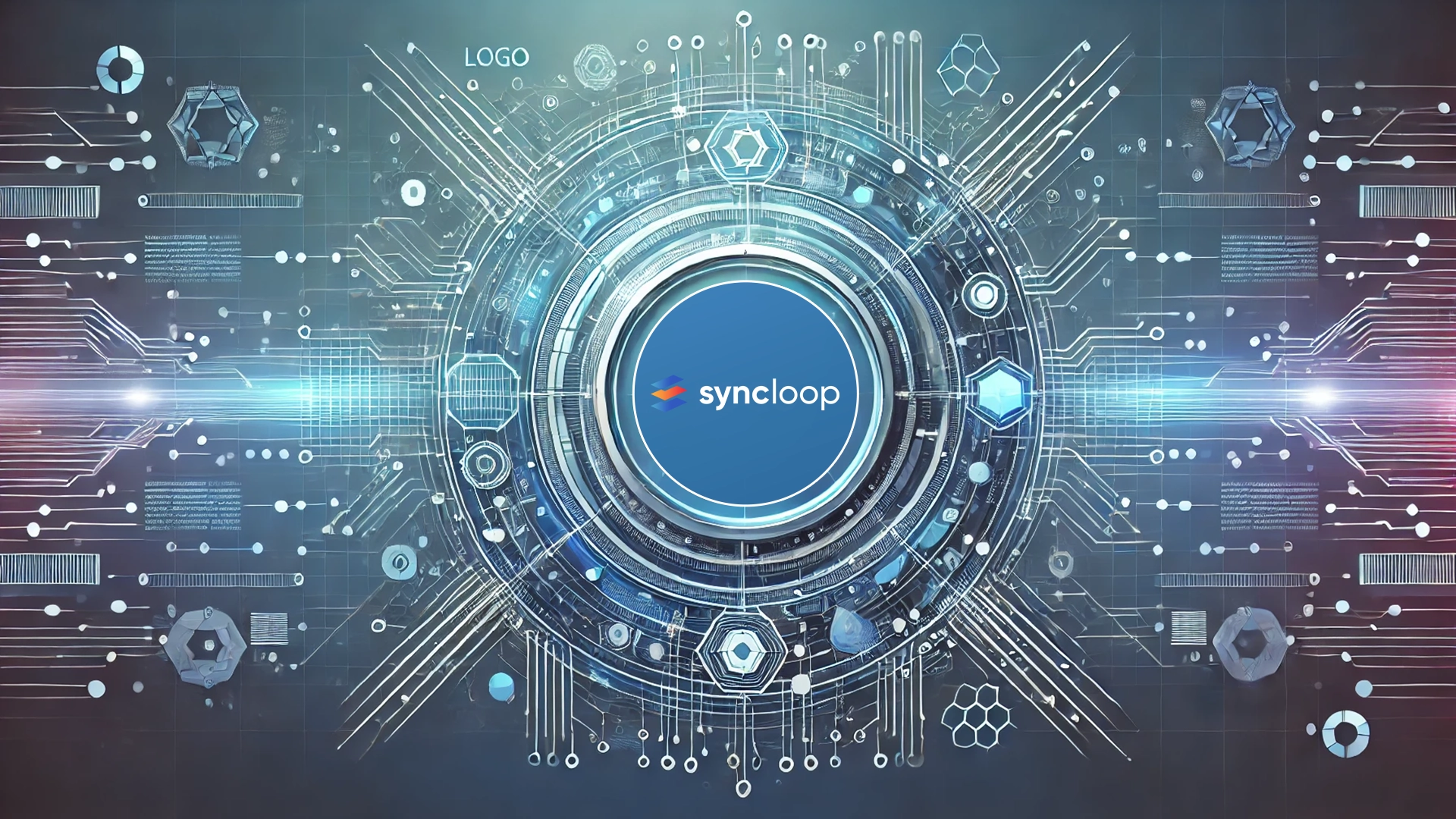How Syncloop Expands API Collaboration Opportunities
Posted by: Prerna Sood | December 24, 2024

Importance of API Collaboration
- Improved Efficiency:
- Facilitates teamwork, reducing redundancies and accelerating development cycles.
- Enhanced Quality:
- Brings diverse expertise into the API lifecycle, leading to better outcomes.
- Consistency:
- Promotes adherence to organizational standards and best practices.
- Scalability:
- Ensures seamless integration across multiple teams and systems.
- Developer Engagement:
- Strengthens relationships between internal teams and external developers.
Syncloop Features for API Collaboration
1. Shared Dashboards
- What It Does:
- Provides centralized access to API metrics, documentation, and progress updates.
- Benefit:
- Ensures all stakeholders are aligned on project status and goals.
2. Role-Based Access Control (RBAC)
- What It Does:
- Assigns permissions to team members based on their roles.
- Benefit:
- Enhances security while enabling efficient collaboration.
3. Real-Time Collaboration Tools
- What It Does:
- Offers live editing, commenting, and feedback mechanisms during API development.
- Benefit:
- Speeds up iteration cycles and improves communication.
4. API Documentation Portals
- What It Does:
- Automatically generates and hosts interactive API documentation.
- Benefit:
- Simplifies onboarding for new team members and external developers.
5. Integrated Feedback Loops
- What It Does:
- Captures input from developers, users, and testers directly within the platform.
- Benefit:
- Aligns development with user needs and expectations.
6. Version Control and Change Tracking
- What It Does:
- Tracks updates to API versions and maintains historical logs.
- Benefit:
- Provides transparency and ensures backward compatibility.
7. Third-Party Integrations
- What It Does:
- Connects with tools like Slack, JIRA, and GitHub for seamless workflow integration.
- Benefit:
- Enhances collaboration across diverse development environments.
Steps to Enhance Collaboration with Syncloop
Step 1: Define Collaboration Goals
- Action:
- Establish objectives such as improved communication, faster iteration, or better documentation.
- Deliverable:
- A roadmap outlining collaboration strategies.
Step 2: Set Up Shared Workspaces
- Action:
- Use Syncloop’s dashboards to centralize project data and workflows.
- Benefit:
- Creates a single source of truth for all stakeholders.
Step 3: Assign Roles and Permissions
- Action:
- Configure RBAC settings to provide appropriate access to team members.
- Best Practices:
- Limit access based on responsibilities to enhance security.
Step 4: Leverage Feedback Tools
- Action:
- Collect and integrate feedback during the API lifecycle.
- How-To:
- Use Syncloop’s commenting and feedback mechanisms to iterate efficiently.
Step 5: Automate Documentation
- Action:
- Enable auto-generated documentation for APIs.
- Benefit:
- Reduces manual effort and enhances developer engagement.
Step 6: Monitor Collaboration Metrics
- Action:
- Track metrics such as issue resolution times and contribution rates.
- Deliverable:
- Reports that identify bottlenecks and improvement areas.
Best Practices for API Collaboration
- Encourage Transparency:
- Share progress and challenges openly within the team.
- Standardize Processes:
- Use templates and guidelines to ensure consistency across APIs.
- Promote Inclusivity:
- Involve all relevant stakeholders in planning and decision-making.
- Facilitate Communication:
- Use Syncloop’s real-time tools to address questions and concerns promptly.
- Iterate Continuously:
- Incorporate feedback regularly to refine APIs.
Real-World Applications
1. Cross-Functional Teams
- Challenge:
- Aligning product, development, and operations teams on API goals.
- Solution:
- Use shared dashboards and version control for transparency and collaboration.
2. Partner Ecosystems
- Challenge:
- Onboarding external partners to use enterprise APIs.
- Solution:
- Leverage documentation portals and feedback loops to streamline engagement.
3. Agile Development Environments
- Challenge:
- Managing frequent updates and iterative releases.
- Solution:
- Use real-time collaboration tools to speed up development cycles.
4. Open API Platforms
- Challenge:
- Engaging external developers while maintaining quality.
- Solution:
- Use feedback mechanisms to align with user needs and expectations.
Advantages of Syncloop for API Collaboration
- Streamlined Communication:
- Facilitates real-time discussions and feedback.
- Enhanced Productivity:
- Reduces redundancies with centralized workflows and automated tools.
- Stronger Security:
- Ensures controlled access through RBAC and permissions.
- Developer-Friendly:
- Simplifies onboarding with auto-generated documentation and interactive portals.
- Scalable Collaboration:
- Supports large teams and complex projects effortlessly.
Conclusion
Syncloop is transforming API collaboration by providing the tools and features needed to align teams, streamline workflows, and engage developers effectively. By leveraging its capabilities, organizations can foster innovation, improve API quality, and accelerate time-to-market. Implementing the strategies outlined in this guide ensures teams maximize the collaborative potential of Syncloop.
A conceptual illustration of Syncloop’s API collaboration tools, highlighting shared dashboards, feedback loops, and version control.
Back to Blogs